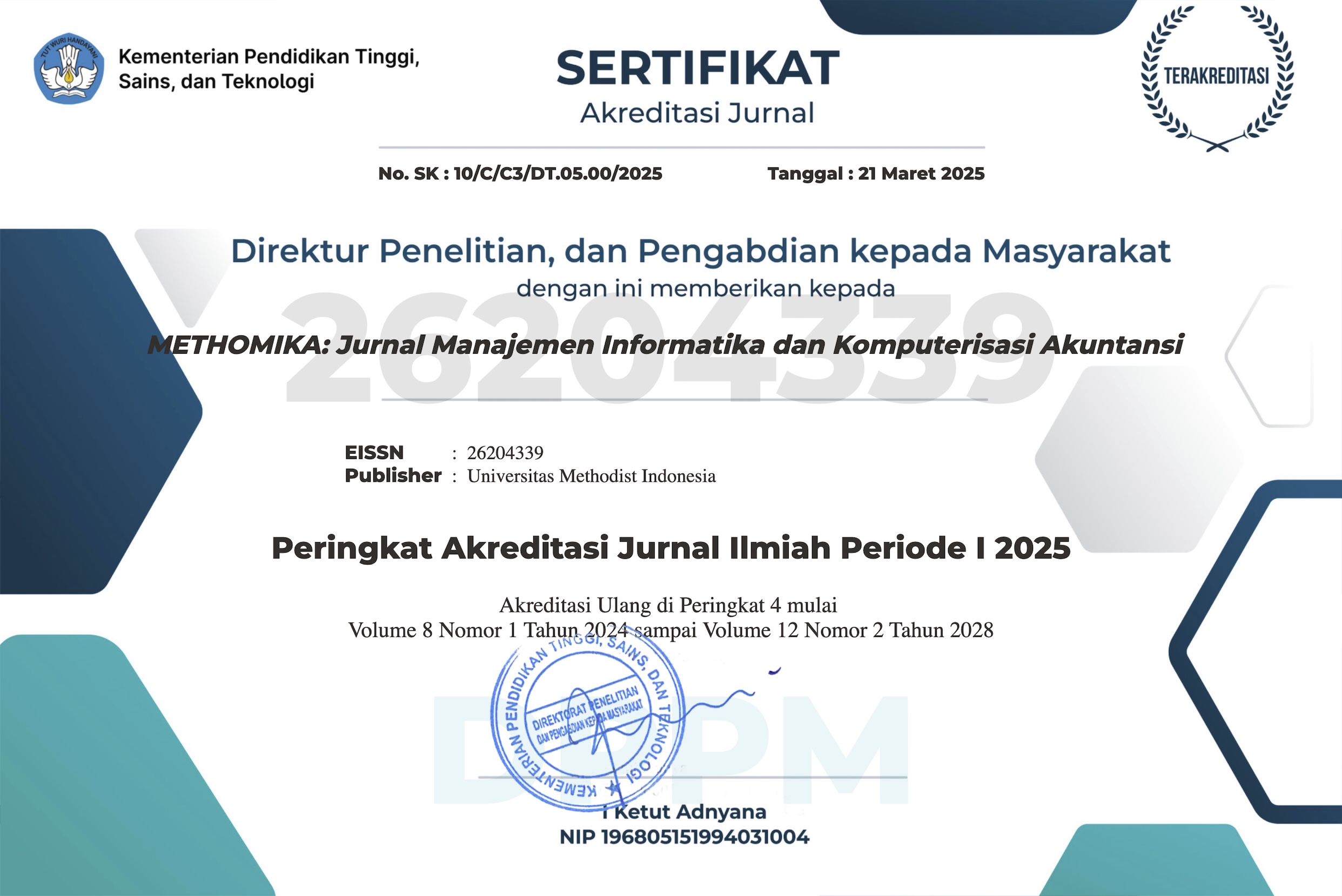APLIKASI DOUBLE DIFFERENCE UNTUK IDENTIFIKASI ZONA PATAHAN MIKRO WILAYAH SULAWESI BARAT
Keywords:
Double-Difference, Residual, HypocenterAbstract
West Sulawesi is an area in South Sulawesi province that is experiencing a sudden increase in seismic activity. There have been 264 earthquake events recorded during the 2021-2022 period. The increase in seismic activity occurred around the west Sulawesi segment and the Mamuju segment, which are local faults located in west Sulawesi. Sulawesi Island itself is the result of fragments due to larger complex reactions and has quite high seismic activity. Therefore, it is necessary to calculate the earthquake hypocenter relocation to obtain more accurate hypocenter parameters for fault zone identification and micro fault orientation. This study aims to relocate the earthquake hypocenter based on mathematical measurement data using the Double-Difference method for identification of fault zones and micro-fault orientation. The data used is BMKG earthquake catalog data for the western Sulawesi region with a range of 118.49 East - 119.59 East and 3.67 LS -2.45 LS in the 2021-2022 period. The Double-Difference method is a method based on the Geiger method using residual travel time data from each pair of hypocenters to the earthquake recording station. The principle is to compare two earthquake hypocenters that are close to the earthquake recording station with the assumption that the distance between the two hypocenters must be closer than the distance between the hypocenter and the earthquake recording station. This is done so that the raypath of the two hypocenters can be considered close to the same value. From the calculation of the earthquake hypocenter relocation, it was found that the hypocenter after relocation experienced changes in distribution that accumulated in the Mamasa fault segment area. From the residual histogram, it is found that the RMS residual is close to 0, indicating an improvement in data quality as evidenced by the observation travel time and the calculated travel time are almost close to the same value. In the cross-section results, it is obtained that the depth changes vary in the subsurface depth from the initial depth of 10 km before being relocated, indicating that the earthquake that occurred in West Sulawesi was included in the shallow crustal earthquake type.
Downloads
Published
Issue
Section
License
Copyright (c) 2023 Suwardi Suwardi, Arko Djajadi, Tata Subrata, Laura Belani Nudiyah

This work is licensed under a Creative Commons Attribution-NonCommercial 4.0 International License.













